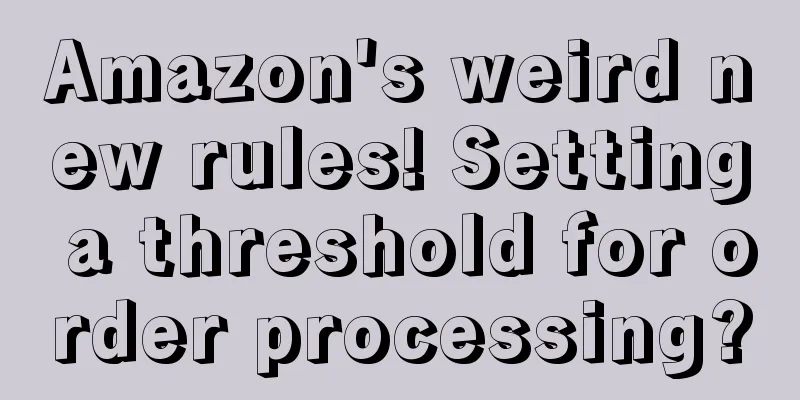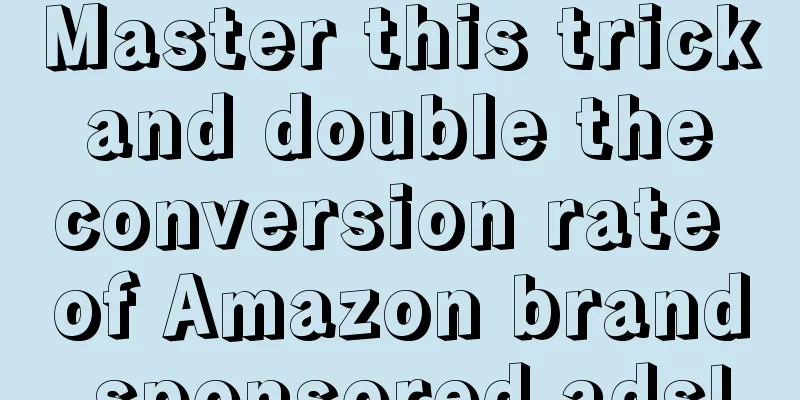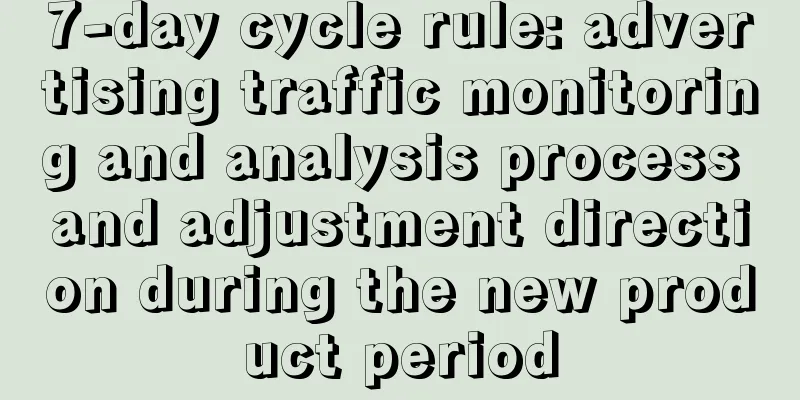Amazon's weird new rules! Setting a threshold for order processing?

|
In 2024, Amazon once again brings new challenges to sellers! Recently, Amazon announced that it will set a "minimum threshold" for sellers' order processing capabilities in order to avoid an increase in delayed delivery rates. However, as soon as this policy was introduced, many sellers expressed "great pressure" and some even directly complained, "Don't make things worse!" What is the order processing capacity threshold?
Simply put, if the seller has a large order volume in the past 30 days, Amazon will set a "safety valve" for the seller. If the order volume exceeds this threshold, Amazon will automatically delay delivery by one day so that the seller has more time to process the order. Every week, Amazon updates this threshold based on the seller's actual order processing situation. If a seller's order volume suddenly increases, the threshold will automatically rise to give the seller more room to handle it.
In other words, if the amount exceeds this number, the customer will see a one-day delayed delivery notice, and the seller will also get an extra day of processing time. This policy applies primarily to orders with standard shipping and free economy shipping, but does not include Prime's premium shipping or self-fulfillment orders. Sellers’ voice: Dissatisfaction and pressure coexistSome sellers are even worried that after implementing this policy, Amazon may issue more charging notices and even increase sellers' operating costs. How to deal with the new regulations? How should sellers adjust their operating strategies?How should sellers respond to this change? It is recommended that you start from the following aspects: Flexible adjustment of inventory management: According to the new policy, reasonably predict sales volume and try to avoid order processing volume exceeding the threshold. Make stocking plans in advance to avoid inventory backlogs. Optimize the delivery process: optimize warehouse management and delivery speed, improve overall order processing capabilities, and reduce the impact of threshold restrictions. Maintain good communication with Amazon: If there are special circumstances or questions about threshold settings, contact Amazon customer service in a timely manner to seek more flexibility. Although Amazon’s policies seem to provide more protection for sellers, in actual operation they add many uncertainties. Sellers must be prepared to deal with these changes and remain flexible. As one seller said: “Amazon’s policies are like the weather, they change at any time. What we can do is to always have an umbrella ready so as not to get too wet. "I hope all sellers can adjust their mindset, optimize operations, and meet challenges in the new environment! Today's Share Amazon DeepSeek from Beginner to Mastery (Tsinghua University) |
<<: Confirmed! Amazon 2025 Spring Sale starts accepting applications!
Recommend
What is ACTIVATE? ACTIVATE Review
ACTIVATE is a full-process influencer integrated m...
Another market tightens its scrutiny, more than 120,000 independent website sellers may be subject to tax inspections!
It is learned that as the number of e-commerce pla...
Is Amazon A9 dead? A deep analysis of the COSMO-LM model
text Recently, many Amazon sellers said that the ...
What is IFTTT? IFTTT Review
IFTTT is a new network service platform that uses ...
Which one is better, Amazon vc or Amazon ve?
Amazon’s common seller accounts are mainly divide...
What is a Niche Product? Niche Product Reviews
A niche product is a market space occupied by a sm...
Carcinogens exceed the limit! Well-known brand women's shoes are recalled! Available on multiple platforms!
It is learned that according to foreign media repo...
What is OzBargain? OzBargain Review
OzBargain is an Australian shopping community that...
What is Rank-Booster? Rank-Booster Review
Rank-Booster is a platform that helps sellers incr...
What is Wish Brand Partner? Wish Brand Partner Review
Wish Brand Partners was launched to create a zero-...
Solution steps - the product was mistakenly identified as a pesticide product and therefore cannot be sold
If a product is mistakenly captured as a pesticid...
Chrome cannot automatically translate after Google Translate is turned off? Here is the solution
Starting from the National Day holiday, Google ann...
What is Tianhe Wanxiang? Tianhe Wanxiang Review
Shenzhen Tianhe Wanxiang Network Technology Co., L...
Amazon AB testing requires attention to some details
Competition on Amazon is becoming increasingly fie...
Musk has made a new move! He will restore the banned Twitter account!
It is learned that since Musk took over Twitter, h...









